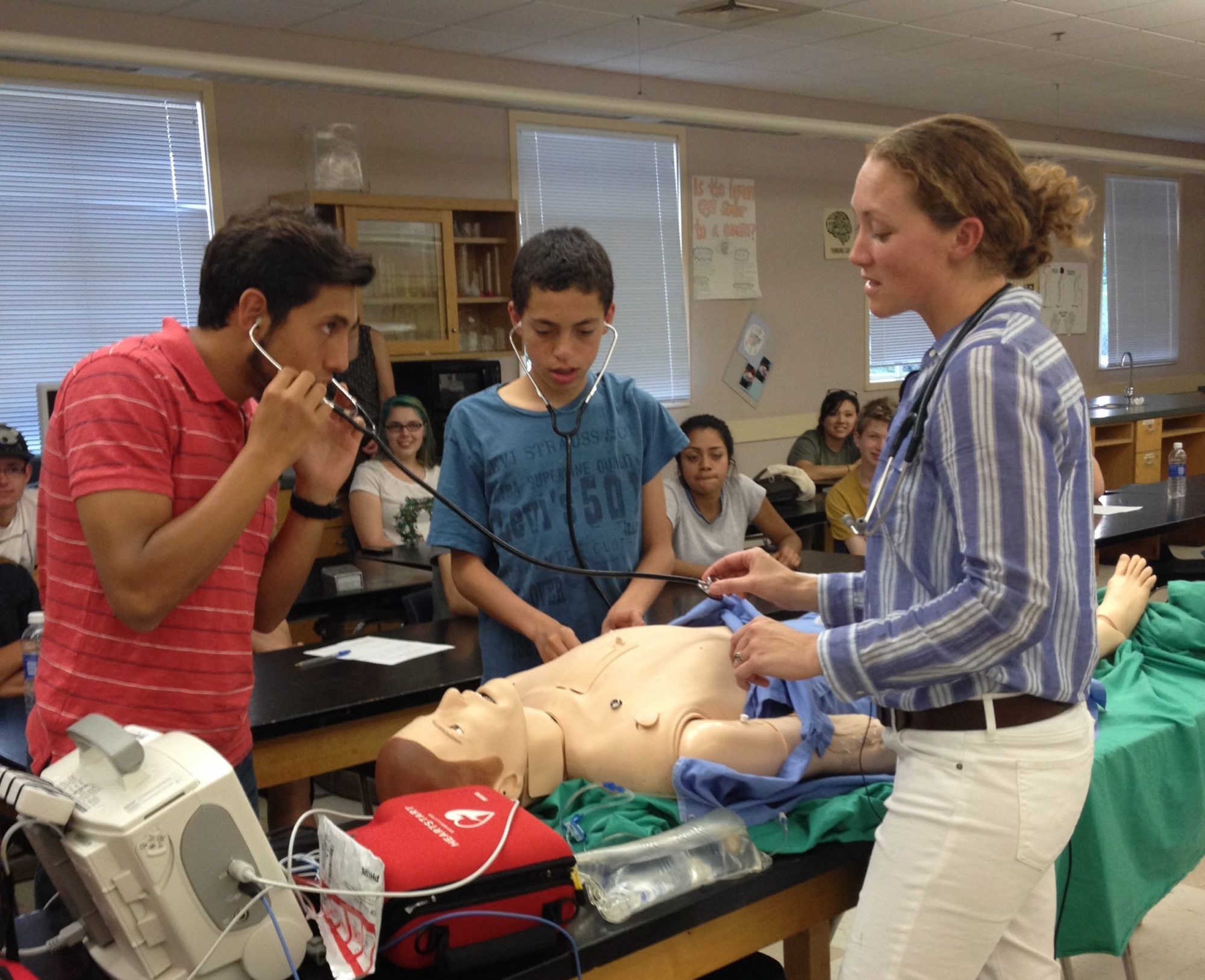By Zack Griggy, San Marin HS
Plants are unique organisms. They have unique cell structures, ways of making energy, and reproduction. There are many different kinds of plants, but a category of plants called angiosperms makes up 80% of plants. But some of these angiosperms are at risk, as bees and other pollinators, which are vital to angiosperm reproduction, are disappearing.
Plant reproduction varies among different kinds of plants in two significant ways. The two distinguishing factors that divide the kingdom Plantae are seeding and flowering. Angiosperms are the only group of plants that makes both flowers and seeds.
 |
| The various parts of a flower. |
Flowers are the reproductive system of an angiosperm. In a flower, two structures in particular play a vital role in plant reproduction. These parts are the pistil and stamen of a flower. The pistil consists of the ovary, the style and the stigma. The ovary is a small are in the bulb of the flower where eggs are stored. Atop the ovary is the style, a narrow region of the pistil that elevates the stigma. The stigma is the tip of the pistil that catches pollen and directs it down a tube so it can fertilize an ovule. The stamen consists of anthers and filaments. The anther rests atop a filament, which is a long narrow structure that supports the anther, and produces pollen, which can fertilize ovules in the ovary. The plant uses pollination to move pollen from the stamen to the pistil. However, the anther is not capable of pollinating on its own, as the pistil and anther are separated by a small distance. Something needs to pollenate the flower, whether it be wind or a pollinating insect, for the plant to be able to reproduce.
Bees are unbelievably important pollinators. According to the Michigan State University, bees play a huge role in the environment by maintaining many plant communities. Many of these pant communities are farmed for food. Most fruits and nuts, along with cotton and alfalfa are maintained by bee populations. We need bees for our food and as our population grows, so will our need for bees.
Unfortunately, the bee population has been declining over the past 50 years. The decline of the bee population is due to many causes, including pesticides, colony collapse disorder (in which worker bees leave their queen and a few young and nursing bees), predators, and carnivorous plants. These causes are serious threats to the bee population and therefore a serious threat to us.
Angiosperms are flowering plants that make up 80% of the plant population. They are at risk because bees, their primary source for pollination are disappearing. This can lead to agricultural problems for humans when bees cannot pollinate all of our crops.
Sources:
http://nativeplants.msu.edu/about/pollination
http://www2.epa.gov/pollinator-protection/colony-collapse-disorder
http://time.com/3821467/bees-honeybees-environment/
To learn more about the disappearance of bees, attend Dr. Amber Sciligo’s research presentation on Wednesday, October 21st at Terra Linda High School, 320 Nova Albion Way, in Room 207 from 7:30 to 8:30.

